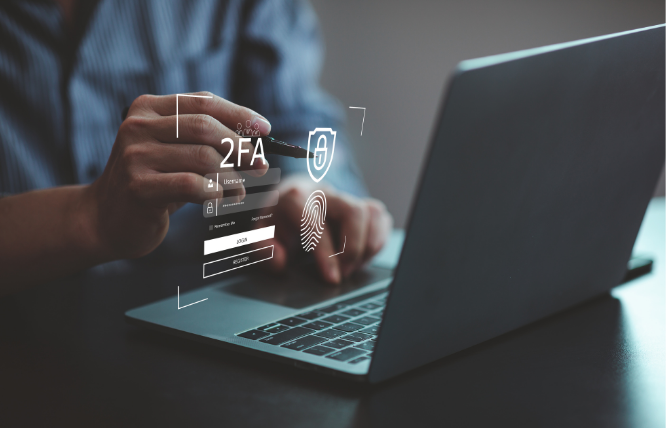3 Modules
$75.00
Everyone in the workplace has a role to play in information security. The first step in reducing the risk of data breaches is to learn what they are and be aware of how they typically occur, so that appropriate measures can be taken to prevent them from taking place in the future.
This course surveys the most common information security risks and breaches, including direct observation, malware viruses, phishing, identity theft, spam and credit card skimming. It explores
how mobile devices such as laptops and phones are vulnerable to theft. It also considers the security risks associated with working remotely, as well as the personal and professional issues associated with online activities such as using social media or storing information in the cloud. Each topic is explored in plain English, followed by a clear explanation of simple strategies for protecting data.
[Technology] is fast changing how we live, learn and work, and embracing our digital future will be central to our post-COVID-19 recovery and long term competitiveness. At the same time, we need to be alert to the fact that this acceleration in the digital economy exposes us to a greater risk of cyber threats. We are seeing increased levels of malicious cyber activity, both state-based and criminal.
– Australian Industry Advisory Panel Chair Andrew Penn
Our Cybersecurity Course is part of our growing suite of Privacy and Data Protection training.
This course is suitable for everyone responsible for handling information in the workplace, whether they are at work, at home or offsite.
Module 1: Introduction to cybersecurity (For managers and general staff)
Module 2: Cybersecurity at work (For managers and general staff)
Module 3: Cybersecurity at home and offsite (For managers and general staff)
You will have 90 days to complete this course.

$75.00
Do you have a policy or process, or some subject-matter expertise that you would like to add to this course?
Talk to us about ways we can quickly tailor the course to suit your needs.
Protect your business with eLearning programs crafted by compliance training experts
Empower your compliance journey with our easy to use tools designed to help you make confident compliance decisions.
ABN: 71166730927
Contact details:
Product Support:
AU: 1800 676 011
NZ: 0800 629 691
SG: +65 97377790
INT: +61 2 8823 4103
Copyright © 2025 GRC Solutions. All rights reserved. | Privacy Policy